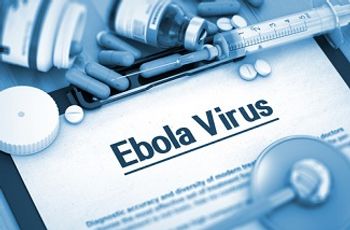
As of June 1, there have been at least 6 cases of Ebola detected in Mbandaka, a port city with a population of more than 1.2 million people.

As of June 1, there have been at least 6 cases of Ebola detected in Mbandaka, a port city with a population of more than 1.2 million people.
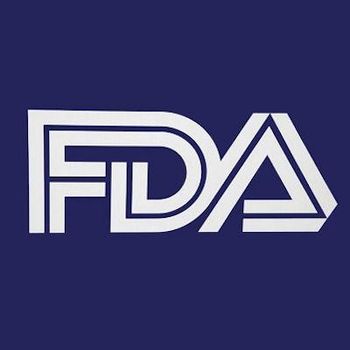
Cefiderocol functions as a siderophore and has a novel mechanism of action which penetrates the outer cell membrane of Gram-negative pathogens.

Denise Bascow, MD, describes a platform for keeping up to date with the latest clinical information.

A look at the means by which clinicians are quantifying and evaluating the effects of the antiviral drug.
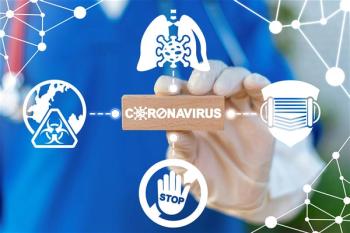
New findings from the CDC show community transmission may have begun in the Pacific Northwest a full month before the first confirmed case.

It's been one month since the antiviral therapy was granted emergency use authorization. How has it affected COVID-19 care?
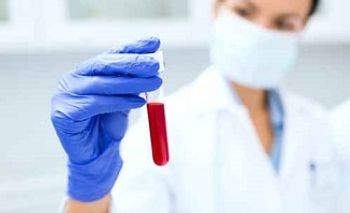
The COVID-19 pandemic has put the brakes on HIV cure research, but investigators report recent progress and promising pathways nonetheless.
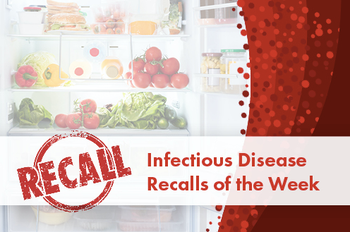
A compilation of key FDA recalls from the past week.
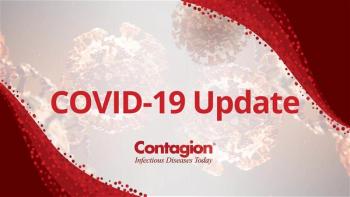
A daily infectious disease news update
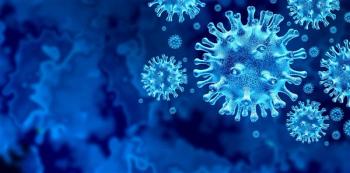
Investigators sought to summarize evidence about the benefits and harms of hydroxychloroquine and chloroquine as treatments or prophylaxis of COVID-19.

Kelly Cawcutt, MD, MS, shares her thoughts on COVID's impact on health care, as well as why it's so important for clinicians to take breaks.

The FDA has approved bedaquiline for use in combination therapy for the treatment of patients 5 years and older with pulmonary multi-drug resistant tuberculosis.

A new report outlines the proven steps needed to implement a national strategy for SARS-CoV-2 screening.
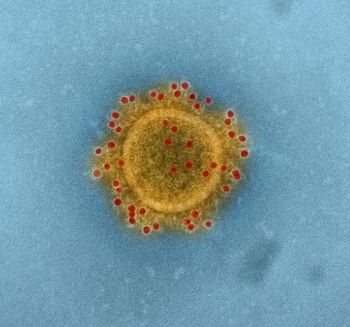
Early links between heart disease and diabetes and coronavirus severity caused some to fear that the 2 classes of medication might worsen outcomes during the pandemic. A systematic review finds little evidence to back those fears.

A brief on our top stories from May 28, 2020.
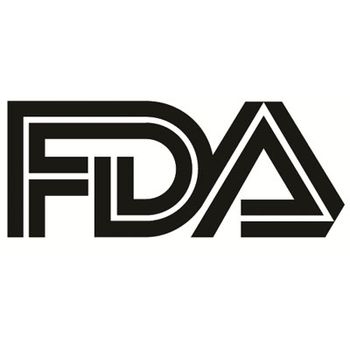
Collected specimens can be tested with the Quest Diagnostics SARS-CoV-2 RT-PCR test to have received EUA from the FDA earlier in March.

Debbie Goff, PharmD, describes how antimicrobial stewardship work has continued during the COVID-19 pandemic.

Experts argue that though public officials may liken coronavirus to "just another flu," the true numbers show a stark difference.
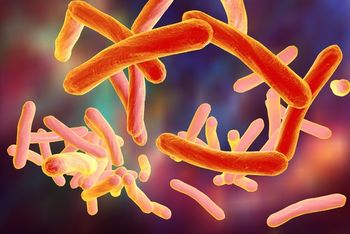
Investigators reviewed 8 studies which had various treatment duration, number of antibacterial courses, and definitions of response to treatment.
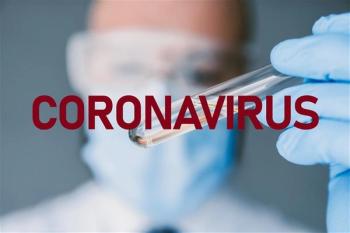
Less ACE2 in nasal epithelium in children could present barrier to SARS-CoV-2 and explain the lower observed rate of pediatric infections.
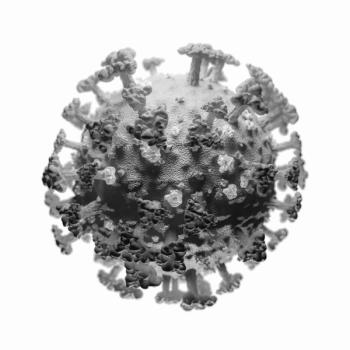
An assessment of severe coronavirus patients administered either five-day or 10-day remdesivir treatment shows benefit is fairly similar, regardless of duration.

A new paper analyzed cancer types to determine which types of cancer put a patient at highest risk of contracting coronavirus.

A dosage of 250 mg twice daily for 10 days was confirmed for the next phase of trials after achieving initial and sustained cure in 100% of patients.

The indication is based on positive findings from a pair of Africa- and Asia-based randomized trials.

Based on findings from a comparative-dose trial with a candidate vaccine, headway is being made in the process toward a MERS prophylaxis.

A daily news update on our COVID-19 coverage.

Helen W. Boucher, MD, FACP, FIDSA, discusses the need for a transparent distribution process for remdesivir, plus COVID disparities, secondary infections, and what “the new normal” of health care looks like.
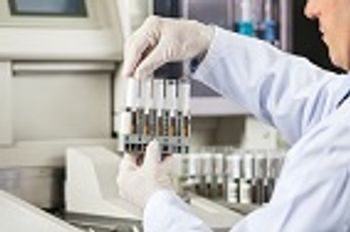
The novel drug combines a fourth-generation cephalosporin with a novel extended-spectrum β-lactamase inhibitor.

Clinicians should be wary of risk for depression, anxiety, fatigue, PTSD, and, potentially, rare neuropsychiatric syndromes, in post-coronavirus patients.
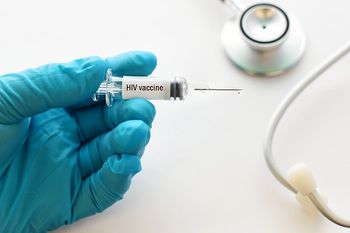
A two-armed vaccine provides an extra layer of protection that could yield positive results against HIV, as well as other infectious diseases.